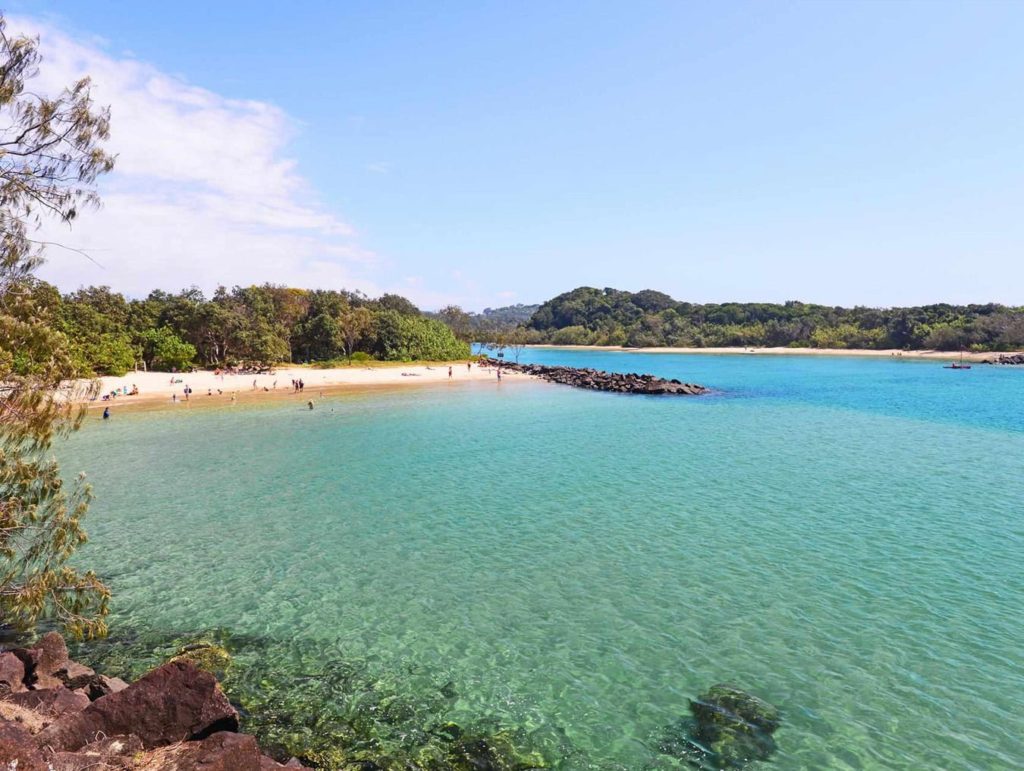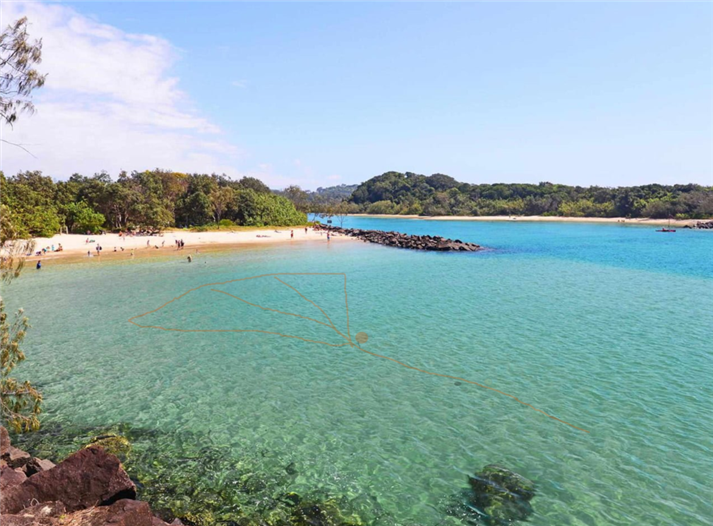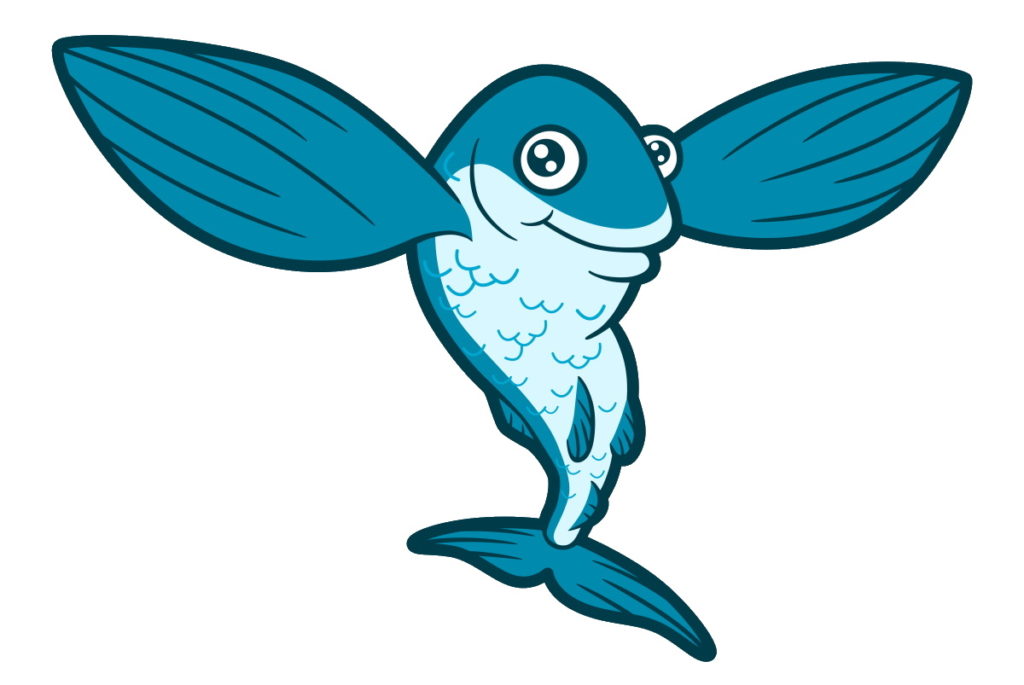This is David Pratten’s entry into the ABC’s April, 2020 Invent a brand new sport and win a prize competition.
Lets get ready for a post-COVID-19 world! When its time to come out and play, try Australian Underwater Running (AUR)!
Play this video for a quick introduction to running underwater using a uniquely Australian style.
Australian Underwater Running can also be practiced at home
Click here for other AUR demonstrations.
Benefits of Australian Underwater Running (AUR)
Australian Underwater Running provides at least the following benefits
- low bar to entry,
- requires minimal equipment,
- suitable for all ages,
- aerobic resistance training,
- improves water safety, and
- improves physical and spiritual wellbeing through breathholding.
What distinguishes AUR from other forms of Underwater Running?
In other parts of the world, where underwater running is known, there are a variety of styles. Some exhale before running, some carry rocks, some dive to sufficient depth to temporarily collapse their lungs and some depend on starting with a very low BMI. (See Underwater Running Survey article for videos.)
In contrast, the Australian style:
- is run with a lung-full of air,
- leaves the rocks where they are,
- may be done in shallow water and best of all, ….
- is open to all of us irrespective of our BMI!
AUR Competitions
There are two variants of competitive AUR. In both variants the athlete uses a single breath. The race is either a dash or for distance.
- Dash: Each competitor runs 15m competing to reach, and grab, the mark, or
- Distance: Each competitor runs as far as possible along a straight path and drops a place-mark.
Where can AUR meets be held?
To hold an Australian Underwater Running meet, all that is required is an olympic-sized pool, estuary, bay or ocean location with:
- clear water,
- surfaces ripples but no waves,
- a flat bottom without obstructions,
- no current, or minimal current, and
- between 1m and 2m in depth, and lastly
- good positions for spectators.
For example here is an ideal high-tide location for an AUR meet on the Brunswick River, NSW right next-door to Byron Bay.

AUR Equipment
For the competitor, all that is required is a:
- swimming costume, and
- Optionally:
- goggles (depending on your comfort opening your eyes underwater)
- swimming booties or shoes (depending on conditions)
For distance races, each competitor also needs a place-marker object which is slighly heavier than water. This object is velcroed to the runner’s swimming costume or belt and this is dropped to mark the distance achieved.
For the course, all that is required is:
- a weighted rope tied in a kite shape with the curved section being 15m from the central point,
- a brightly coloured mark on the central point that is floating 20cm off the bottom at the centre of the the kite shape.

underwater floating (removable) orange buoy.
For Dash races, competitors start together on the curved baseline (left above) and run underwater and grab the Mark (orange buoy).
For Distance races, competitors run one-by-one. Each runner starts in the centre of the baseline with their place-mark velcroed to their swimmers. The runner then drops their mark next to the “kite’s tail” when they need to surface for air. In the photo above you can just make out the dark coloured place-mark dropped by a competitor.
Current Record Holder
At the current time, David Pratten holds both Australian Underwater Running titles:
- 15m Dash
- Distance 26m.
Dispite the author’s attempts, his AUR records have not yet been recognised by the Guiness Book of World Records.
AUR Mascot
Meet Finney the mascot of Australian Underwater Running!

The pectoral fins are emphasised because the AUR runner’s hand motion closely resembles that of the pectoral fins of fish.
AUR Growth Potential
Australian Underwater Running is likely to become a great addition to the activities at local swimming pools and Surf Lifesaving Clubs. There are many reasons for this. The barriers to entry are very low. Participants may practice in their own backyard pools. The skill learnt gives confidence in the water.
Underwater running is a great skill for body-surfers. The sure footing on the sand allows fast movement against a sweep, rip, or other current.
As, well, there are many spectator-friendly, areas of natural sand flats that are not currently utilised for water sports.
A professional circuit for Underwater Runners is likely to take some time to develop. Perhaps the emergence over time of the Pro Surfing tours could provide a roadmap?
AUR is ready with a fun and relatable mascot to support marketing.
Learning AUR
Australian Underwater Running may be learned in about twenty minutes by any confident swimmer. The author has taught many family members to run using this style.
“My first foray into underwater running was a most hilarious affair… the naturally gifted athletes in our family quickly learning the technique .. and others like me provided some welcome light relief ..” Jenny
AUR Technique
When using the Australian style there are two forces that keep the runner on the bottom of the course. The two sources of downforce are:
- water deflected off the runner’s back and
- the runner’s fishfin-like flutter of the hands.
